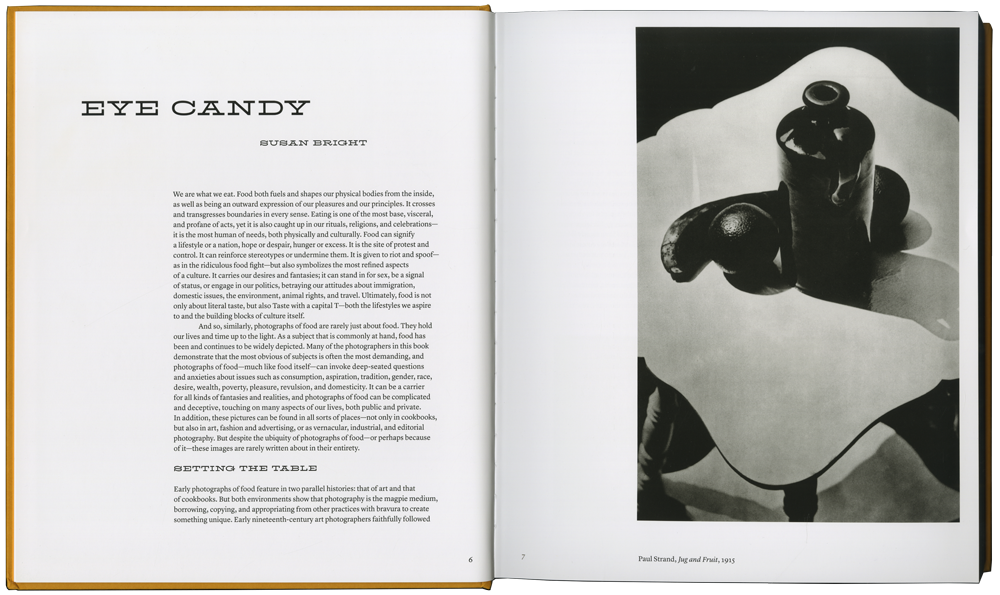How do the films ‘Chef’ (2014) Jon Favreau’ and ‘JUICE (2017) Neeraj Ghaywan explore cultural identities through the use of cinematography and mise-en-scene?
PHOTOGRAPHS OF FOOD ARE RARELY JUST ABOUT FOOD. THEY HOLD OUR LIVES AND TIME UP TO THE LIGHT.
Bright, S. Feast for the Eyes: The Story of Food in Photography (2017)
When exploring culture, food often can be the key to discovering cultural differences and similarities. The way food is cooked, served, eaten and enjoyed is interesting and can offer a real insight into specific cultures that other explorative devices cannot offer. ‘Chef’ and ‘Juice’ both provide an understanding of food culture in the US and India respectively. The food culture that both the films represent have deeper underlying links to cultural issues in both countries. Chef brings to light issues on familial and romantic relationships as well as workplace security. In Juice, it explores the systematic oppression of women. In art, food has been used to investigate culture and identity for millenniums with examples of food art being found in paintings such as “Fresco Depicting a Woman Holding a Dish” estimated to have been created between 1-79 AD, 2000 years ago. Food has always been used in art as an allegory for other substance, often being taboo subjects such as sex and pleasure but more often being used to signify power and wealth such as the commodification of the pineapple fruit to show status that only the richest in society could achieve. Photographer, Martin Parr is renowned for photographs of people and food that impart an incredibly intimate insight into different people’s cultures as well as providing historically significant simulacrum to educate years after his photography is taken, seen in work such as ‘Anniversary Tea’ and ‘Steep Lane Baptist’.

Planning
intro- talk about history of food and art- introduction to central ideas of both films
chef- ideas of food porn- sexuality and food, food tourism, food in the western world- multiculturalism, culinary tourism
juice- systemic oppression of women, patriarchal society, food as allegory for freedom
conclusion- talk about ho0w own film connects and then reaffirm points
Visual Feast: Contemporary Food Photography and Styling: Contemporary Food Staging and Photography by Gestalten
Re-contextualising the Spectacle of Online Gastronomy:
A Studio Investigation into Contemporary Food Imaging
by Nathan Taylor BFA (Hons)
School of Creative Arts
From around the 1990s, the chef as celebrity or celebrity chef was born. As such, food media took on another dimension of cross-platform branded style marketing. Chefs, like Jamie Oliver and Nigella Lawson, have their own range of books, television shows
and cookware, stimulating another surge in the recent saturation of food imaging. Jamie Oliver is a pertinent example of how brand-based marketing is commonplace
within food media and directly impacts consumer activities.
Women do not have to necessarily absolve themselves of traditional duties to feel equal, all they need is to feel and act as equals in both responsibilities and privileges.- Hindustan Times Nov 26, 2017
Chef is most engaging when it shows Carl at work, in scenes supervised by Roy Choi, who worked at Manhattan’s posh Le Bernardin restaurant before wowing L.A. with his Kogi BBQ Taco Truck. Carl will duplicate Choi’s success when he acquires a battered truck in Miami Beach and takes it on the road home through New Orleans and Austin.- time magazine BY RICHARD CORLISS MAY 8, 2014 10:30 AM EDT
Bright, S. Feast for the Eyes: The Story of Food in Photography
martin parr anniversary tea-1978, steep lane baptist 1976
It looked greasy, satisfying, and deceptively simple – which is reason enough to try a recipe. Learn To Be Considerate And Forgiving With Italian Nonnas And Stanley Tucci – Entertainment News, Firstpost By Judy J. Beasley Last updated Jan 23, 2022
